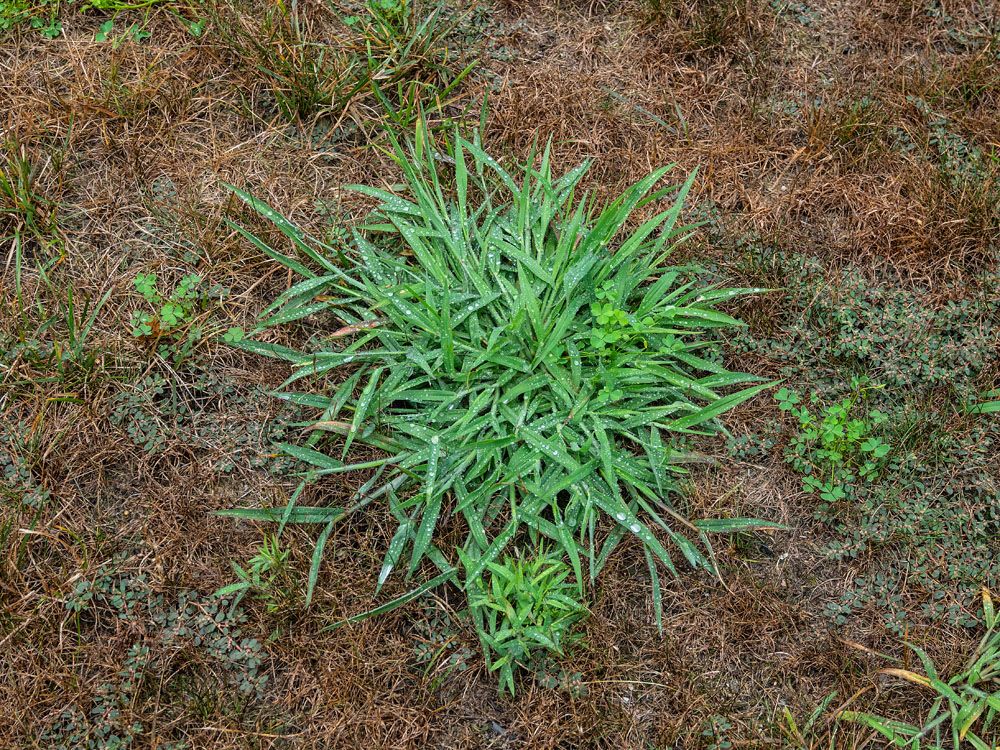
Quackgrass
Quack Grass Prevention and Control: An Ultimate Guide
Although quackgrass is sometimes confused with crabgrass, it is a distinct species in its own right. It’s lime green with thin, flat, scratchy leaf blades like crabgrass, but it’s more difficult to care for since its roots run deeper into the dirt. Quackgrass may grow up to 4 feet tall and generate up to 25 seeds per plant, which can survive in the soil for five years. In other words, if you do nothing, you will be fighting this plant for many years to come. Quackgrass originates from subterranean stems that crawl and spread, helping the plant’s rapid proliferation. In a single growing season, a single quackgrass plant may establish an enormous root system that can stretch up to 5 feet.
Prevention and Control
As with any invasive weed, the best strategy to control quackgrass is to prevent it from growing in the first place. Any plants you bring home from stores or nurseries must be thoroughly examined for quackgrass, and, if found, the plant and roots must be entirely removed. Another important aspect of eliminating quackgrass is to act fast when you see it in your yard. Quackgrass grows swiftly in any soil, but it travels like lightning in loamy or sandy soil. Check your beds frequently for the presence of this weed. If quackgrass is discovered, remove the plant and roots as thoroughly as possible.
Roto-tilling the rhizomes into little pieces is a typical error. While this method may work on other weeds, Quackgrass is a supervillain weed, and each shredded rhizome will develop into a whole new network of annoyance. When the earth is damp, carefully dig up the dirt and hand-pick off the white, meaty rhizomes. Make sure you don’t break them. After removing the rhizomes, apply a thick layer of wood mulch with an optional layer of cardboard beneath to suppress any new development. Keep a watchful check on the mulch’s edges, as the rhizomes will crawl – rapidly – to where they detect sunlight.
Manual pulling is your only choice for removing quackgrass from your flower beds if it has become overgrown. Unfortunately, killing quackgrass is not as simple as sprinkling an herbicide on it. They are resistant to selective weed killers; therefore, the only chemical option for removing quackgrass is to employ a non-selective weed killer. These weed killers will destroy the quackgrass, but they will also harm any plants that are nearby.
Chemical Removal – Roundup
To eliminate the patches, use a non-selective herbicide like Roundup. Keep in mind that it is non-selective, which means it will destroy any plant it comes into contact with. This procedure will leave your lawn with dead areas that can be re-established. In our view, you should use the Roundup twice. Apply for the second time 14 days after the first. You can rough up the area and put your new grass seed on seven days following the second treatment.
Because quackgrass looks like other forms of turfgrass, no selective herbicide will kill it without harming your lawn. As a result, dealing with the weed might be difficult. Quack grass grows faster and higher than acceptable grasses, so it will stand out a few days after mowing. Unfortunately, there is no herbicide that will not harm the desired lawn grasses as well.
